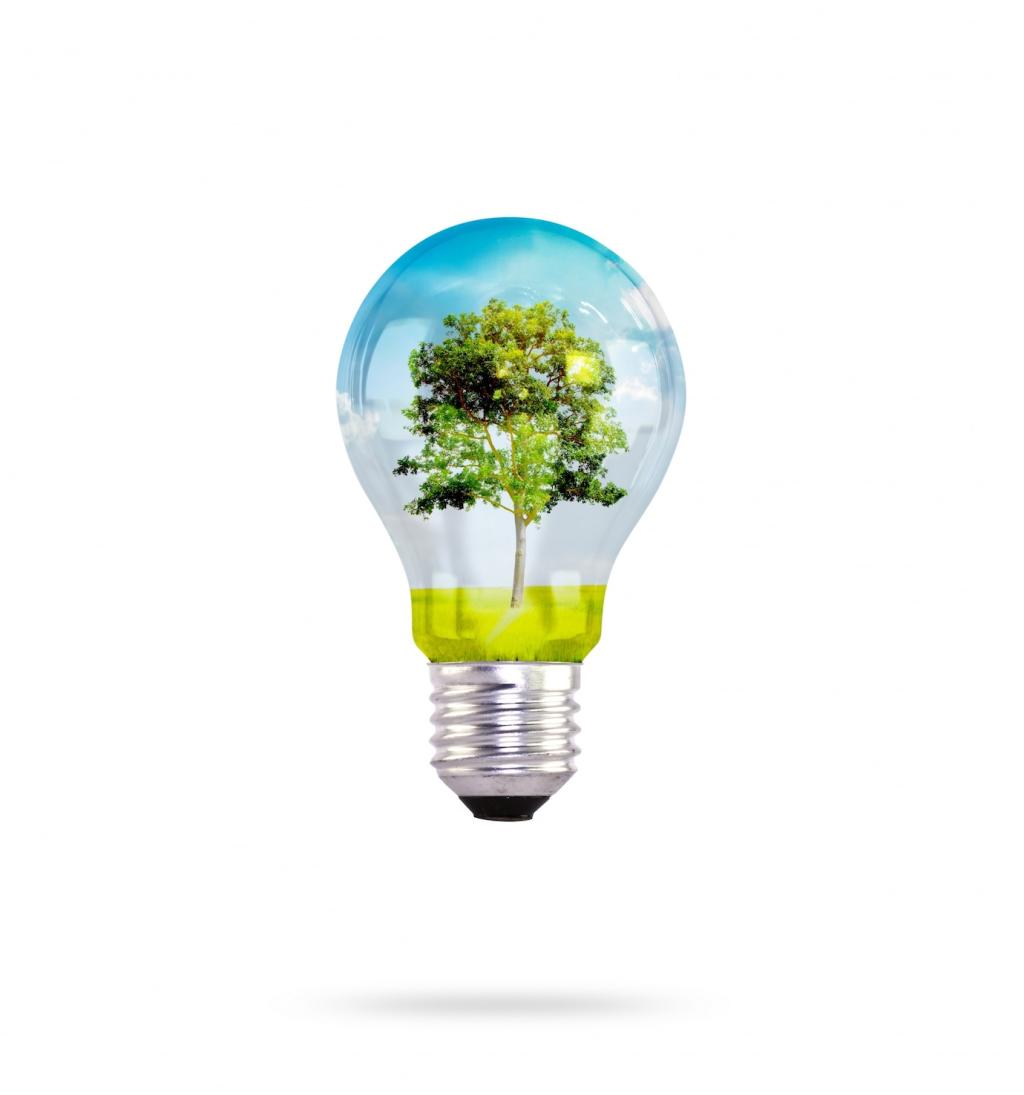Energy-Efficient Lighting Solutions for Interiors
Discover the transformative potential of energy-efficient lighting solutions crafted specifically for interior spaces. As modern design trends converge with sustainability goals, homeowners and businesses alike seek lighting that not only enhances aesthetics but also conserves energy and reduces operational costs. Energy-efficient lighting technologies not only contribute to a greener environment but also offer innovative ways to illuminate interiors with greater functionality and style. Delve into the essentials of energy-efficient lighting, explore the benefits, and learn about practical strategies to integrate these solutions into any interior setting.

The Importance of Energy-Efficient Lighting
Energy-efficient lighting solutions are invaluable in minimizing the environmental footprint of residential and commercial spaces. These lighting systems consume significantly less energy than traditional incandescent or halogen bulbs, resulting in less power plant emissions and a notable decrease in greenhouse gases released into the atmosphere. By transitioning to options like LEDs or CFLs, building owners demonstrate environmental stewardship and contribute actively to worldwide conservation efforts. The cumulative effect is a healthier planet alongside well-illuminated living and work environments.
Previous
Next
Key Technologies in Energy-Efficient Lighting
Light Emitting Diodes (LEDs)
LED lighting has emerged as the gold standard for energy efficiency in interior illumination. LEDs consume a fraction of the energy used by traditional bulbs while delivering superior brightness and color quality. They are available in a vast array of form factors, from basic bulbs to advanced fixtures, allowing almost limitless design possibilities. Beyond their efficiency, LEDs generate little to no heat, reducing the burden on cooling systems, and their exceptional longevity means fewer replacements and less environmental waste. As prices continue to fall, LEDs are increasingly accessible to both residential and commercial users, cementing their position as the preferred choice in energy-smart lighting.
Compact Fluorescent Lamps (CFLs)
Compact fluorescent lamps gained popularity as an early solution for energy-efficient lighting, providing a substantial improvement over incandescent bulbs. CFLs utilize gas and a small amount of mercury vapor to produce light through fluorescence, resulting in reduced energy consumption and longer life spans. Although the emergence of LEDs has somewhat overshadowed CFLs, they remain a viable option for many interiors, especially where retrofitting existing fixtures is necessary. Proper handling and disposal are essential due to their mercury content, but CFLs have played a key historical role in promoting energy efficiency and remain in common use today.
Smart Lighting Systems
Integrating smart lighting technologies revolutionizes the way interior spaces are illuminated, making it easier than ever to optimize energy use. These systems empower users to remotely control lighting levels, adjust schedules, and even alter color tones through mobile devices or voice commands. Automated sensors can turn lights off when spaces are unoccupied or dim them based on natural light availability, thereby conserving energy without sacrificing convenience. Smart lighting solutions bridge the gap between technology, sustainability, and user preference, offering innovative ways to maximize efficiency in any interior setting.

